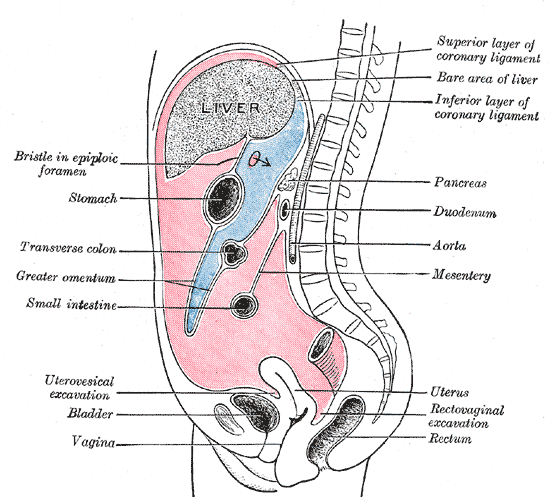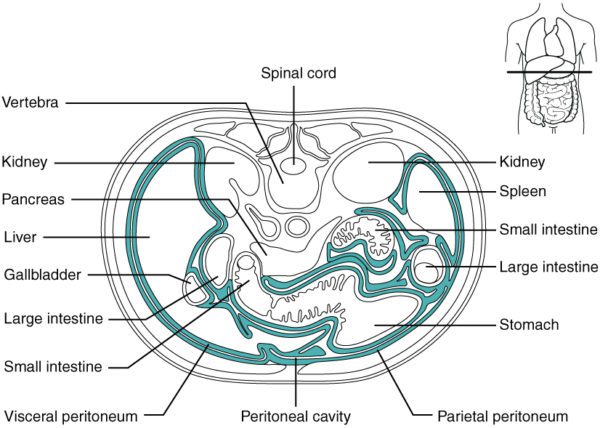When it comes to osteopathy and digestion, you are what you eat, literally! It should come as no surprise that what you eat and drink has an effect on the how your digestive system works. Your GI system is like a car – rust-proofing, car washes, oil changes and regular maintenance help keep your car in top condition in addition to the fuel. The body is a structural network of connective tissue that work around the food and drink going through your system.
Our body is a complex system involving muscles, ligaments, organs and fluid. Keeping properly hydrated and nourished keeps our organs and bodily fluids moving well. If your digestion is off and not working like it should, you might reach for an over-the-counter solution but you could should consider an Osteopathic Manual Practitioner as well.
What is Osteopathy for Digestion?
The abdominal cavity is made up of many layers: muscles, fat, organs, tissues etc. The Osteopathic approach is to figure out how your body is moving stool and other gastric digestive juices though your intestines. When the digestive system is moving freely, it can secrete, break down, contract and eliminate stool, fluid, and toxins from the body allowing the body to feel at ease. When your system is not moving well, you can feel bloated, indigestion, reflux, constipation and gas. The role of Osteopathy is to work with your body to get things moving – to support the whole digestive process, creating easy bowel movements and comfortable digestion.
The Specifics of Osteopathy for Digestion
Humans have an inner lining of tissue that covers and protects many of our digestive organs called peritoneum. This layer of tissue is like a net – it helps hold the major digestive players in place within the abdominal cavity. The parietal peritoneum lines the abdominal wall and the visceral peritoneum envelopes the abdominal organs. These peritoneum can get restricted, just from the general wear-and-tear of life, and they tighten up causing a breakdown in the digestive system.
Osteopathic Manual Practitioners work with your body to release the restrictions and encourage movement of fluids and tissues to help you have satisfying trips to the washroom.
A vertical view diagram of the abdominal cavity
(main cavity = red; Omental bursa = blue)
 Henry Vandyke Carter [Public domain]
Henry Vandyke Carter [Public domain]
Transverse section of the Abdominal Cavity and Peritoneum

OpenStax College [CC BY 3.0 (https://creativecommons.org/licenses/by/3.0)]
A nervous digestive system and how Osteopathy helps
Your nerves also have a huge effect on your digestion. There a two nervous systems at play: the central nervous system (CNS) and the enteric nervous system (ENS). The CNS is made up of the brain and the spinal cord. The ENS supports digestion by helping the digestive system move automatically. The CNS and the ENS are connected by the Vagus nerve.
The Vagus nerve has many functions to control the digestive tract, the skin, the larynx, the esophagus, and the lungs just to name a few. Swallowing and breathing are vital human responses that are innervated by this nerve. Your Osteopath Manual Practitioner will be able to assess how well your vagus nerve is operating so that your digestion working smoothly, keeping your guts, and you, happy.